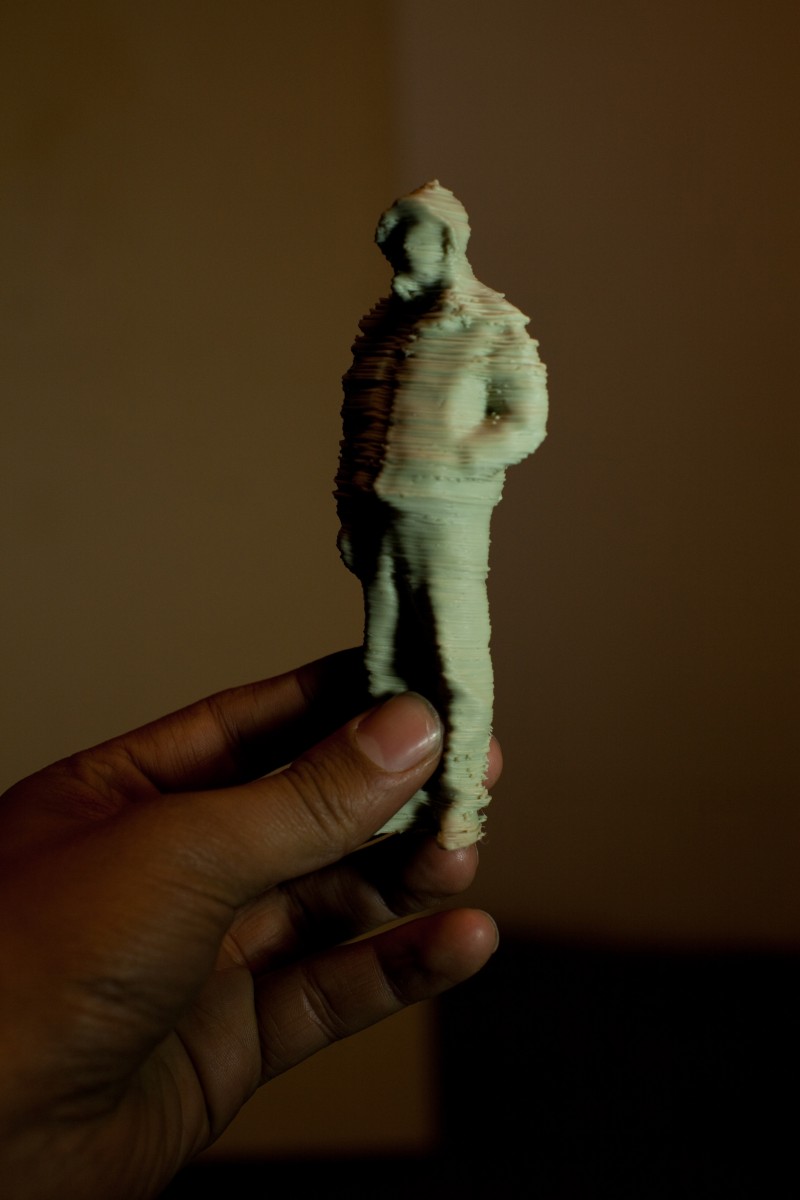
L'Utopie d'August Sander, Mohamed Bourouissa, 2012 © Mohamed Bourouissa. Courtesy l'artiste et la galerie kamel mennour, Paris
Paris-based artist Mohamed Bourouissa is one of the AGO’s artists in residence. His research into the history of Inuit art has led him to explore the sensitive topic of appropriation and re-appropriation. Inspired by the Samuel and Esther Sarick Collection of Inuit art, Bourouissa is creating large-scale pencil drawings and small plastic objects using 3D-printing technology. By changing the context and scale of the source works, he hopes to provide new insight into the collection, the field of Canadian art and the complexities of his practice.
The evolution of Bourouissa’s projects and research at the AGO will be on display in the Community Gallery this summer. The works on view will be in constant flux, allowing the viewer to share in the intuitive process of his production.
From August 2 to August 12, Bourouissa will be in Iqaluit and Cape Dorset to meet with local artists and to gain a greater understanding of the land and the history of the area. He will bring paper and camera with him to continue his work as a visiting artist.
Mohamed Bourouissa’s residence at the AGO is part of Paris-Toronto, a 10-month series of events coordinated by the Consulate General of France in Toronto with support from the Institut français. The projects, exhibitions, conferences, public lectures and workshops hosted by established Toronto galleries and institutions are designed to promote relations between these two dynamic artistic centres.
The Community Gallery in the Weston Family Learning Centre is a project space which provides a platform for artistic experimentation and dissemination. Focused specifically on the processes of making art, and those ideas that feed into contemporary artistic practice, the gallery seeks to showcase the creativity of our museum visitors.